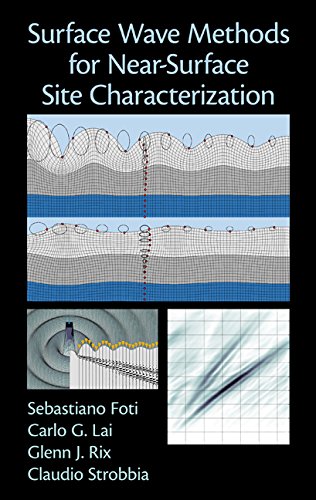

Most ebook files are in PDF format, so you can easily read them using various software such as Foxit Reader or directly on the Google Chrome browser.
Some ebook files are released by publishers in other formats such as .awz, .mobi, .epub, .fb2, etc. You may need to install specific software to read these formats on mobile/PC, such as Calibre.
Please read the tutorial at this link: https://ebookbell.com/faq
We offer FREE conversion to the popular formats you request; however, this may take some time. Therefore, right after payment, please email us, and we will try to provide the service as quickly as possible.
For some exceptional file formats or broken links (if any), please refrain from opening any disputes. Instead, email us first, and we will try to assist within a maximum of 6 hours.
EbookBell Team

4.8
24 reviewsDevelop a Greater Understanding of How and Why Surface Wave Testing Works
Using examples and case studies directly drawn from the authors’ experience, Surface Wave Methods for Near-Surface Site Characterization addresses both the experimental and theoretical aspects of surface wave propagation in both forward and inverse modeling. This book accents the key facets associated with surface wave testing for near-surface site characterization. It clearly outlines the basic principles, the theoretical framework and the practical implementation of surface wave analysis. In addition, it also describes in detail the equipment and measuring devices, acquisition techniques, signal processing, forward and inverse modeling theories, and testing protocols that form the basis of modern surface wave techniques.
Review Examples of Typical Applications for This Geophysical Technique
Divided into eight chapters, the book explains surface wave testing principles from data measurement to interpretation. It effectively integrates several examples and case studies illustrating how different ground conditions and geological settings may influence the interpretation of data measurements. The authors accurately describe each phase of testing in addition to the guidelines for correctly performing and interpreting results. They present variants of the test within a consistent framework to facilitate comparisons, and include an in-depth discussion of the uncertainties arising at each stage of surface wave testing.
Written for geotechnical engineers, engineering seismologists, geophysicists, and researchers, Surface Wave Methods for Near-Surface Site Characterization offers practical guidance, and presents a thorough understanding of the basic concepts.